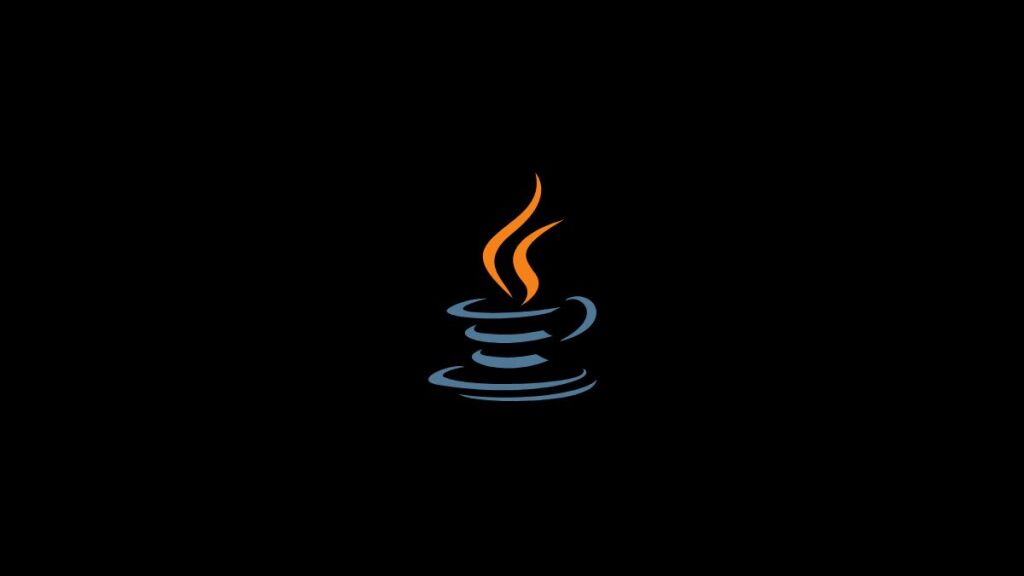In Java, parsing a string refers to the process of analyzing a string’s structure according to certain rules and extracting relevant information from it or converting it into another format. This capability is fundamental in numerous programming scenarios, such as reading user input, processing configuration files, or handling network communication.
However, newcomers to Java might search for a method named parseString or similar, expecting it to be a built-in feature of the String class, akin to methods like parseInt or parseDouble found in wrapper classes such as Integer and Double. It’s important to clarify that there is no direct method named parseString in the Java Standard Edition API. Instead, Java provides several mechanisms and classes to parse strings and convert them into various data types or to extract specific data patterns. This article explores the common approaches to string parsing in Java, including parsing strings to primitive types, and extracting patterns using regular expressions.
Parsing Strings to Primitive Types
Java provides wrapper classes for all primitive data types, and most of these classes offer parsing methods to convert strings into corresponding primitive values. This is essential for processing textual data that represents numerical or boolean values.
Integer Parsing
To parse a string to an integer, you use the parseInt method of the Integer class:
String numberStr = "123";
int number = Integer.parseInt(numberStr);
System.out.println(number); // Output: 123Floating-Point Parsing
Similarly, to parse strings to floating-point numbers, you can use the parseFloat method of the Float class or the parseDouble method of the Double class:
String floatStr = "3.14";
float floatValue = Float.parseFloat(floatStr);
System.out.println(floatValue); // Output: 3.14
String doubleStr = "3.14159";
double doubleValue = Double.parseDouble(doubleStr);
System.out.println(doubleValue); // Output: 3.14159Boolean Parsing
For boolean values, the Boolean class offers the parseBoolean method:
String booleanStr = "true";
boolean booleanValue = Boolean.parseBoolean(booleanStr);
System.out.println(booleanValue); // Output: trueExtracting Patterns with Regular Expressions
For more complex parsing needs, such as extracting parts of a string that match a specific pattern, Java’s Pattern and Matcher classes (found in the java.util.regex package) come into play.
Example: Extracting Email Addresses
import java.util.regex.Matcher;
import java.util.regex.Pattern;
public class EmailExtractor {
public static void main(String[] args) {
String text = "Please contact [email protected] for assistance.";
String emailRegex = "\\b[A-Za-z0-9._%+-]+@[A-Za-z0-9.-]+\\.[A-Za-z]{2,}\\b";
Pattern pattern = Pattern.compile(emailRegex);
Matcher matcher = pattern.matcher(text);
while (matcher.find()) {
System.out.println("Found email: " + matcher.group());
}
}
}This code snippet searches for email addresses within a string and prints them. The Pattern class compiles the regular expression into a pattern, and the Matcher class is used to search for this pattern within a specific string.
Conclusion
While there’s no direct parseString method in Java, the language offers comprehensive support for parsing strings into various data types and extracting information using regular expressions. By leveraging parsing methods from wrapper classes for primitive types and utilizing the Pattern and Matcher classes for complex pattern matching, Java developers can effectively handle a wide range of string parsing tasks. Understanding and applying these parsing techniques is essential for data processing, validation, and transformation in Java applications.
- Car Dealership Tycoon Codes: Free Cash for March 2024 - April 9, 2024
- World Solver - April 9, 2024
- Roblox Game Trello Board Links & Social Links (Discord, YT, Twitter (X)) - April 9, 2024

